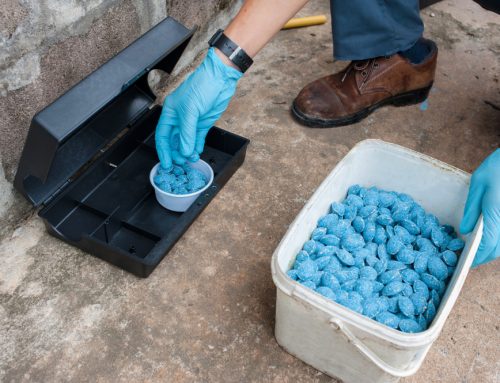Discovering a tick crawling through your pet’s fur, or worse, attached to their skin, can send a shiver down your spine as you attempt to take on the bloodsucking pest. To learn how to remove a tick safely and effectively from your pet’s skin, read our Woodinville Veterinary Hospital & Urgent Care Services team’s recommendations on what to do, and not to do, to help prevent your four-legged friend from contracting an infectious disease.
What NOT to do if you find a tick on your pet
If a tick is attached to your pet’s skin, don’t panic. Although these bloodsucking pests can creep you out, you must handle them in a calm and collected manner to help ensure the pest does not transmit an infectious disease to your furry pal during the removal process. By maintaining your composure, you help keep your pet calm. In addition, if you aggravate the attached tick, you can cause it to inject pathogens into your pet’s body, so remain calm and stay steady while removing the pest from your pet’s skin. When removing a tick, DO NOT do the following:
- Burn the tick
- Pinch the tick’s body
- Jerk out the tick
- Smother the tick with nail polish, oil, or other liquid
How to remove a tick safely from your pet
To remove a tick safely from your pet’s skin, first gather your supplies and find a helper, someone who can gently restrain your pet, allowing you to visualize the tick clearly and avoid pinching your four-legged friend’s skin during the removal process. You will need disposable gloves, a pair of fine-tipped tweezers or a tick-removal tool, and a container in which to put the tick after removal.
Put on the disposable gloves and use the tweezers or tick-removal tool to grasp the tick’s head firmly, as close as possible to your pet’s skin. Using steady pressure and a smooth motion, pull straight back to detach the tick. Your goal is to remove the entire tick, including its mouthparts. Any tick part left embedded in your pet’s skin can lead to an infection, so seek veterinary help in removing any parts left attached.
Monitor your pet for tick-borne disease signs
Tick-borne diseases can take weeks to months to manifest, so you may not put two and two together if your pet becomes ill months after having sustained a tick bite. Monitor your pet carefully for the following tick-borne disease signs:
- Limping and lameness
- Decreased appetite
- Lethargy
- Fever
- Swollen lymph nodes
- Painful, swollen joints
Some tick-borne diseases can cause bleeding and clotting disorders, or neurologic problems. In addition to monitoring your pet for potential tick-borne disease, keep an eye on their bite wound for skin infection signs such as inflammation, discharge, or swelling.
How to keep ticks away from your pet

Tick habitats continue to increase, so avoiding these pests entirely is becoming a real challenge. To minimize your furry pal’s tick-bite and disease risk, follow these tips:
- Avoid tick habitats — Ticks inhabit wooded areas that have tall grass, thick brush, and wildlife. Ticks hang on plant stalks and stretch out their legs, waiting to hitch a ride on the next unsuspecting creature to walk past. To minimize the chance of a tick grabbing onto your pet’s fur, stick to well-groomed trails and paved paths.
- Check your pet from nose to tail — Pathogen transmission occurs several hours after a tick attaches to your pet. Lyme disease transmission, for example, takes 48 hours. To help prevent a tick from attaching to your pet and transmitting an infectious disease, always perform a nose-to-tail check immediately after an outing.
- Clean up your yard — Ticks inhabit thick vegetation and tall weeds, so keeping your lawn mowed and weeds trimmed helps discourage these pests from settling in.
- Administer tick prevention — The best way to prevent ticks from transmitting disease to your pet is to administer year-round tick prevention. While most tick preventives kill attached ticks, certain products also repel biting insects.
Whether you need help removing a tick from your furry pal’s skin, or preventing these pests from making a meal out of your pet in the first place, our Woodinville Veterinary Hospital & Urgent Care Services team is here to help. We can prescribe the most effective tick prevention product for your four-legged friend or perform a tick-removal procedure.






















Leave A Comment